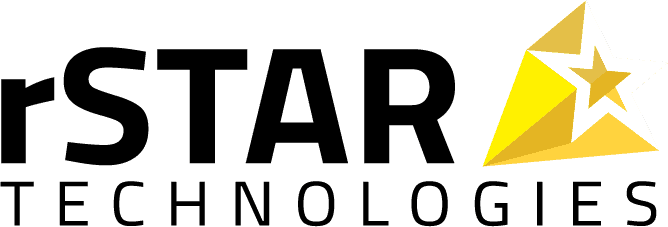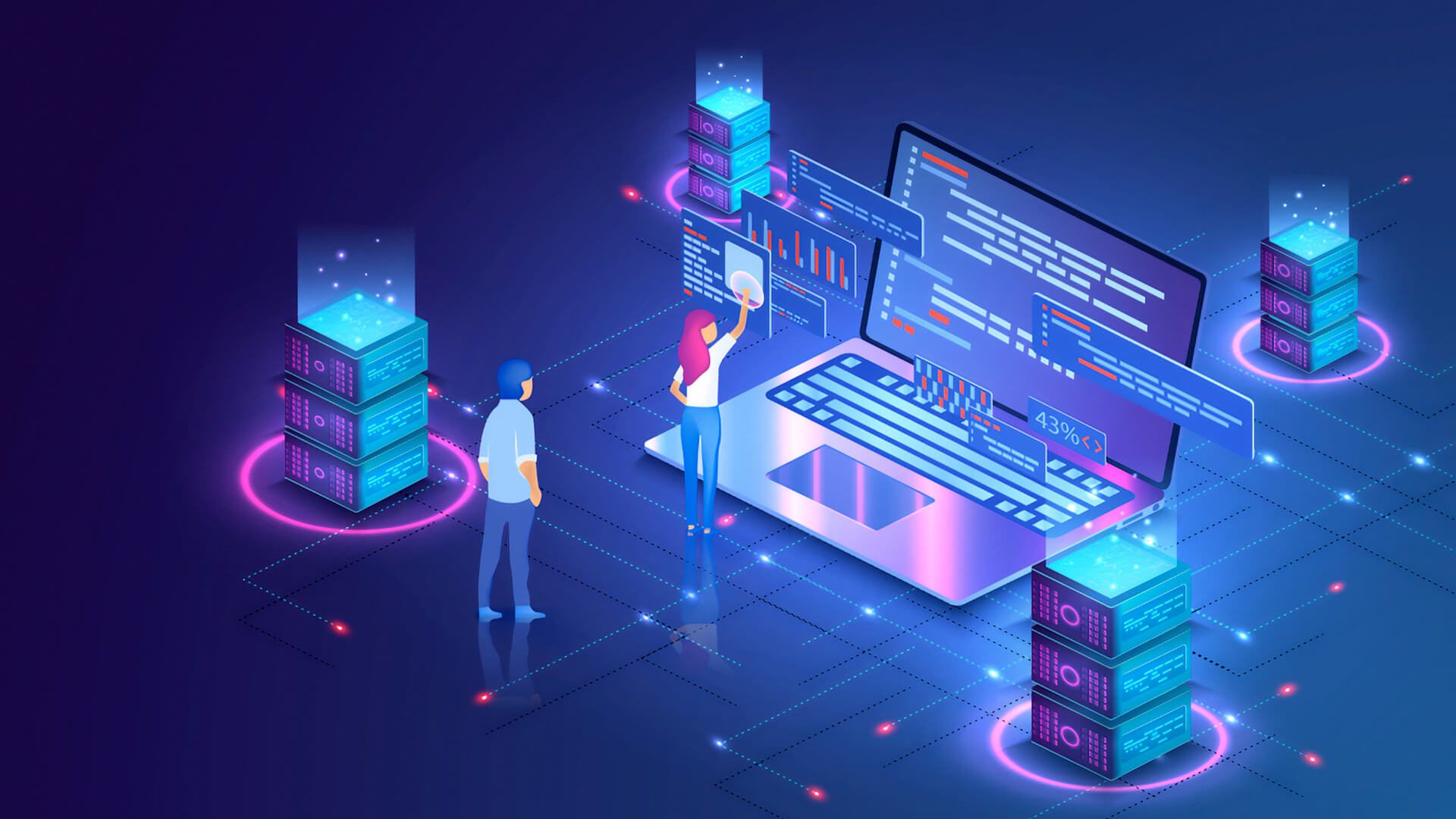Table of Contents
Legacy system modernization is a major challenge for many large enterprises, especially those in asset-intensive industries. These businesses face growing pressure to improve efficiency, reduce costs, and enhance security while avoiding disrupting their core processes. Modernizing legacy systems to adapt to cloud-native architectures, microservices, and modern security standards is critical to staying competitive.
In this guide, we’ll explore the various approaches to legacy system modernization, focusing on re-platforming, re-hosting, and re-engineering strategies. Additionally, we’ll discuss the benefits of enterprise integration and the critical role of microservices and cloud-native applications in ensuring scalability and security.
Why Modernizing Legacy Systems Matters
Legacy systems are a bottleneck for innovation. Primarily, they need help to keep up with modern operational demands and security threats. Moreover, older systems may not integrate well with newer applications, limiting enterprise integration efforts and creating data silos. The cost of maintaining these systems continues to rise as they become more complex and inefficient.
Yet, replacing a legacy system overnight is rarely practical. Instead, modernization offers a solution that balances innovation with business continuity. By re-platforming or re-engineering these systems, you can unlock new capabilities while maintaining essential functions.
Key Approaches to Legacy System Modernization
Re-platforming: This involves migrating a legacy system to a modern platform with minimal code changes. For example, shifting from an on-premise Oracle database to Oracle Cloud Infrastructure (OCI) offers flexibility and scalability without completely reworking the system. Re-platforming is a fast way to enjoy cloud benefits without starting from scratch.
Re-hosting: Sometimes called “lift-and-shift,” re-hosting involves moving your legacy system to a new infrastructure, like the cloud, without changing the system’s core functionality. This approach benefits organizations that want to minimize risk and keep costs low. However, it doesn’t fully take advantage of cloud-native architectures.
Re-engineering: Re-engineering involves more extensive code and architecture changes to modernize the system. This method offers the most significant performance, scalability, and flexibility improvements. Re-engineering enables you to take full advantage of modern technologies, such as microservices and cloud-native applications, offering a future-proof solution.
Enterprise Integration: The Backbone of Successful Modernization
Modernizing isolated systems without ensuring smooth integration with other systems and applications results in fragmented operations. With a successful enterprise integration strategy, rSTAR ensures data flows seamlessly across your IT environment.
Enterprise integration, especially when moving toward cloud-native architectures, helps you leverage technologies like Oracle Integration Cloud (OIC) to connect legacy Oracle systems with new applications and data sources. Integration also supports the incorporation of microservices, allowing each component of your system to communicate effortlessly with others.
Microservices and Cloud-Native Applications: The Modernization Accelerators
Modernizing a legacy system is about more than just moving to the cloud. It’s about rethinking how your system works. Microservices architecture is pivotal in transforming monolithic systems into modular, agile systems. By breaking applications into smaller, independent services, microservices allow faster development, easier scaling, and more efficient resource use.
Each service can be independently developed, deployed, and scaled, making your systems more flexible. This architecture also enhances fault tolerance. If one microservice fails, the others continue to work without issue, increasing overall system resilience—undoubtedly a critical factor for your enterprise-level operations.
In addition to microservices, cloud-native applications take full advantage of cloud computing models by design. Rather than forcing a legacy system to run in the cloud, cloud-native apps scale dynamically, integrate effortlessly with microservices and utilize cloud-specific security measures.
Security Considerations During Legacy System Modernization
Security is a critical concern when modernizing legacy systems. Older systems were often built without modern security threats in mind. Over time, new vulnerabilities become more pronounced, and patches degrade performance. Migrating to modern architectures, especially in the cloud, allows you to implement cutting-edge security practices like zero-trust architecture, advanced encryption, and continuous monitoring.
For instance, Oracle Cloud offers robust security features such as automatic encryption, identity management, and threat detection. However, ensuring that the modernization process does not introduce new vulnerabilities is essential. The re-hosting or re-engineering process must include security audits to identify potential weak points.
Moreover, rSTAR adopts a DevSecOps approach, where security integrates into the development and operations lifecycle, which can ensure continuous security throughout modernization. This proactive approach lets you secure your systems from the start rather than retrofitting security later.
Case Study: Successful Oracle Legacy Modernization
We’ve helped many companies successfully modernize their Oracle legacy systems with cloud-native architectures and microservices. One example is a large asset-intensive enterprise facing difficulties with scalability, high maintenance costs, and outdated security protocols. By working with rSTAR, the company was able to re-engineer its Oracle-based legacy system into a cloud-native solution using Oracle Cloud Infrastructure (OCI).
The modernization included breaking down the monolithic system into microservices, enabling more flexible scaling options and faster development cycles. Enterprise integration tools ensured seamless communication between the newly modernized system and other enterprise applications.
Thanks to the modernization, the company saw a significant reduction in operational costs and maintenance, and improved system performance by reducing automation and provisioning to minutes, instead of weeks or months. This allowed them to scale their operations quickly and efficiently respond to new business demands.
Conclusion
Modernizing legacy Oracle systems is a multi-faceted process that requires careful planning and execution. Whether you’re considering re-platforming, re-hosting, or a complete re-engineering, adopting modern technologies like microservices and cloud-native architectures to future-proof your systems is essential. Contact rSTAR to take advantage of our expertise in Oracle system modernization to help you navigate this complex process smoothly.
Frequently Asked Questions (FAQs)
Legacy system modernization refers to updating outdated IT systems to modern architectures like cloud-native platforms and microservices. It involves strategies like re-platforming, re-hosting, or re-engineering to improve system performance, scalability, and security.
Enterprise integration ensures that different systems and applications within an organization can communicate and share data seamlessly. Without proper integration, modernized systems may remain isolated, creating data silos and reducing operational efficiency.
Microservices break down monolithic applications into smaller, independent services that can be developed, deployed, and scaled individually. This approach improves flexibility, reduces the risk of system failure, and accelerates innovation.
Security must be an integral part of the modernization process. Modern systems, particularly cloud-native ones, offer advanced security features like encryption, identity management, and continuous threat detection. However, it’s crucial to integrate security into the modernization workflow to avoid introducing vulnerabilities.


